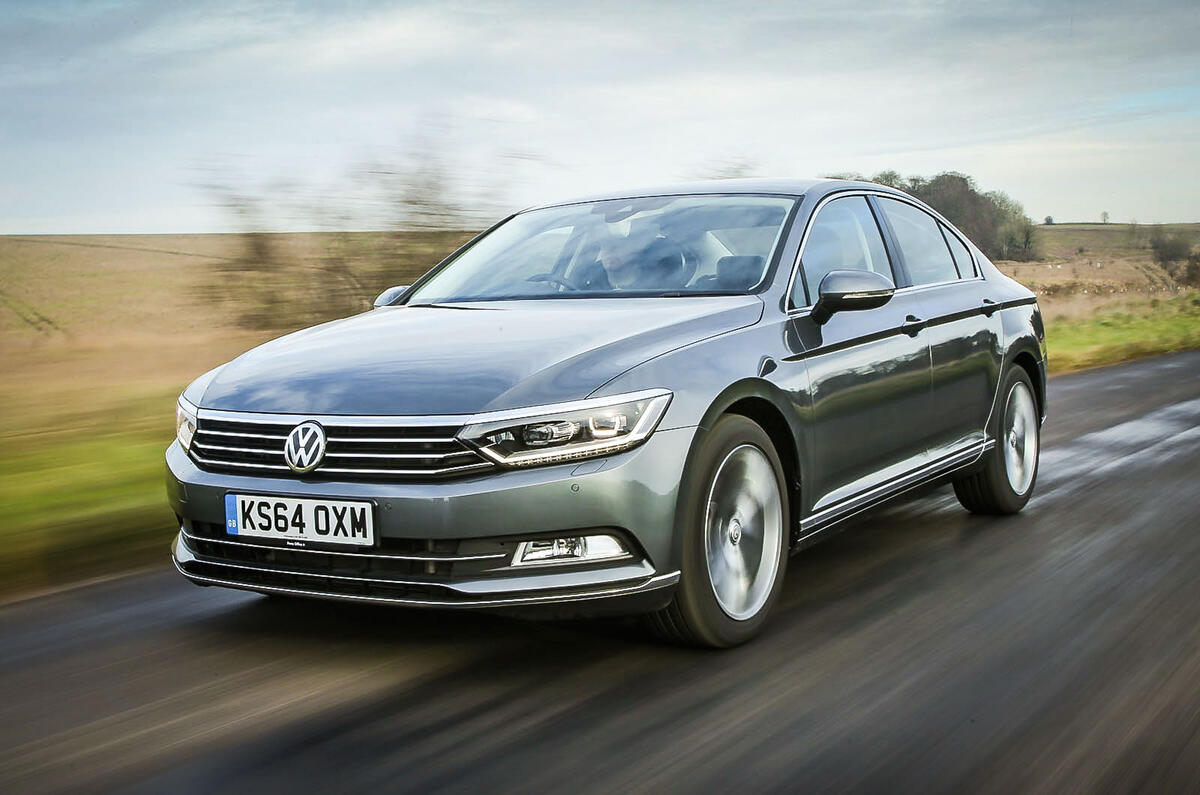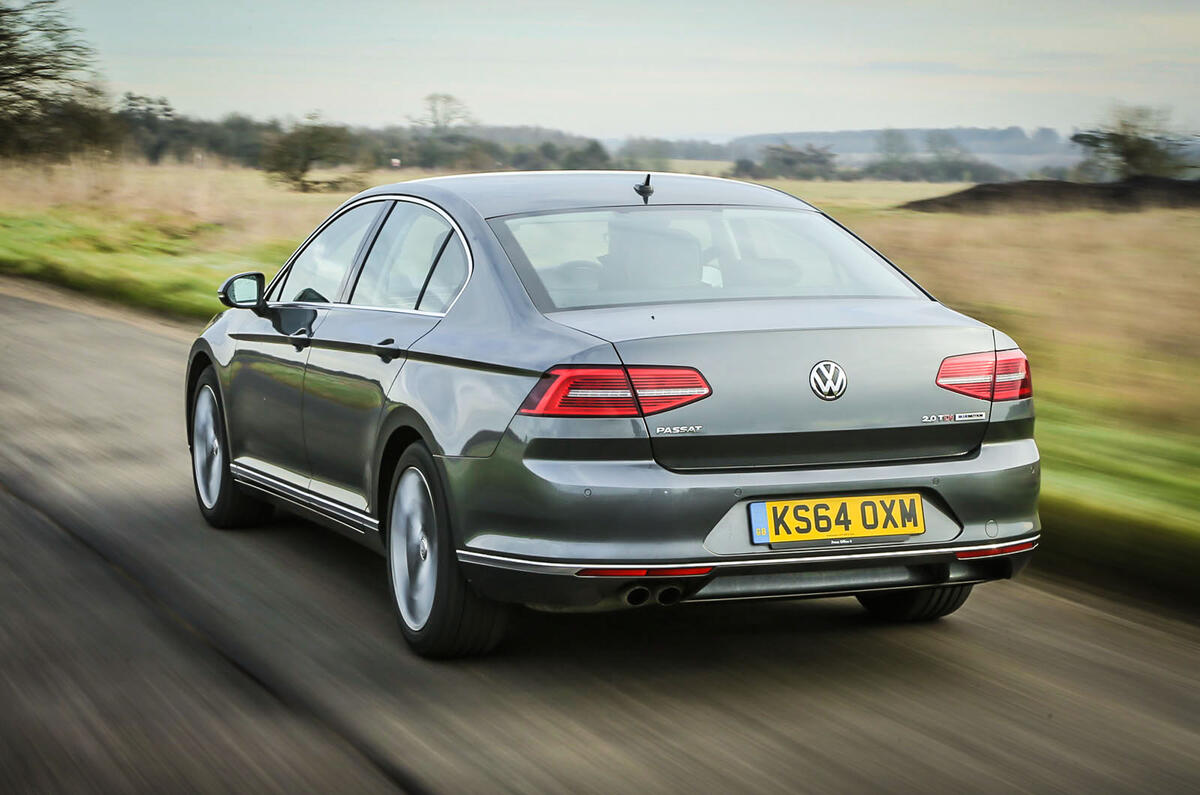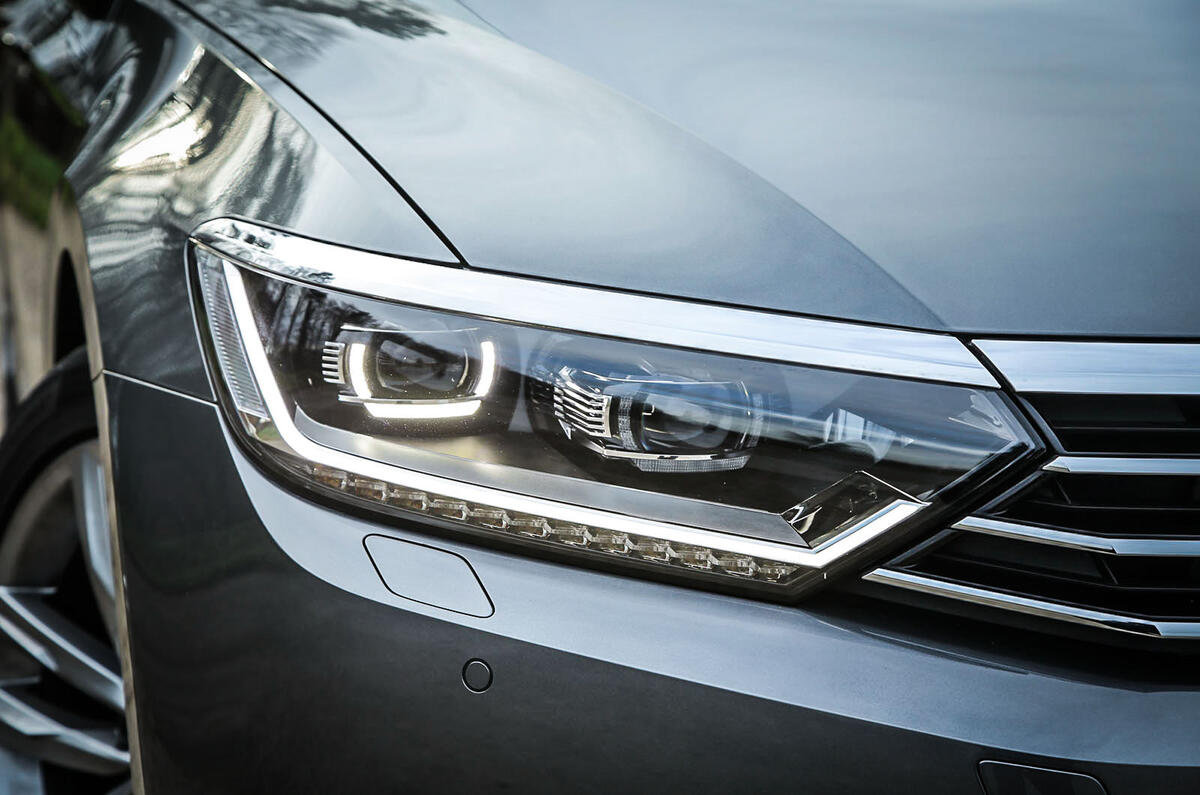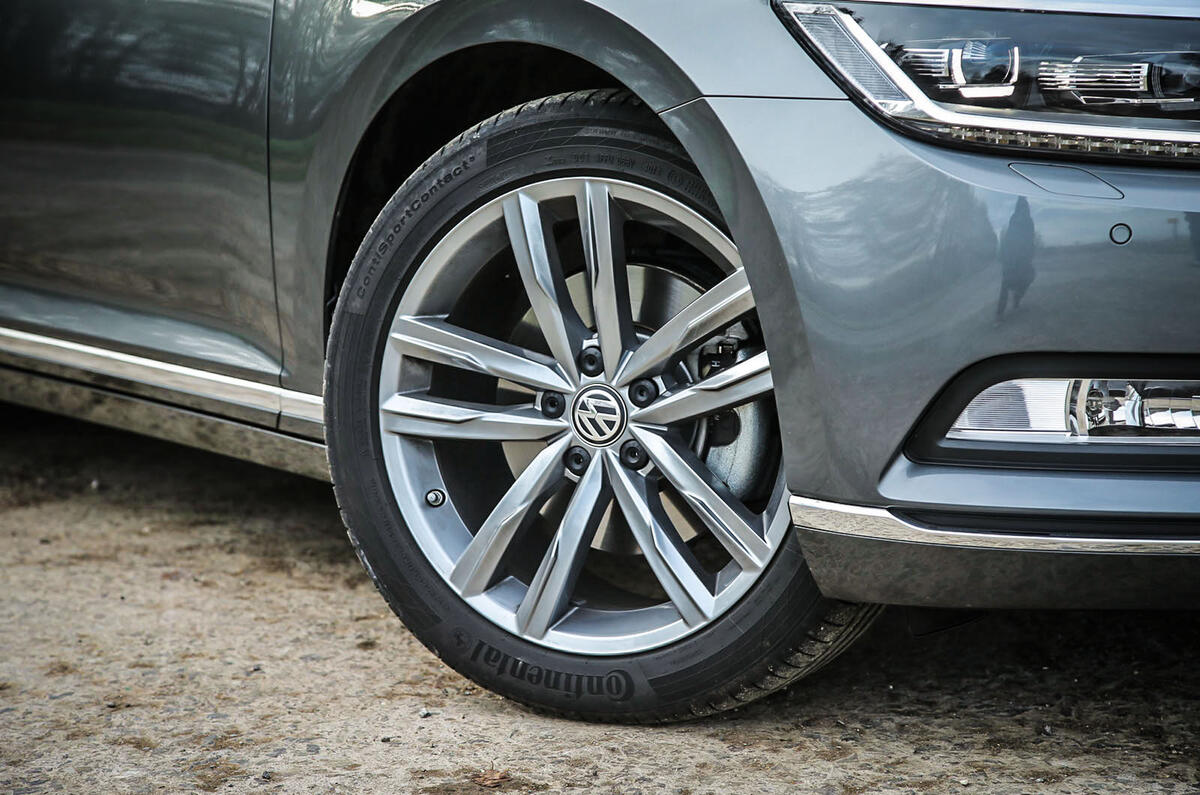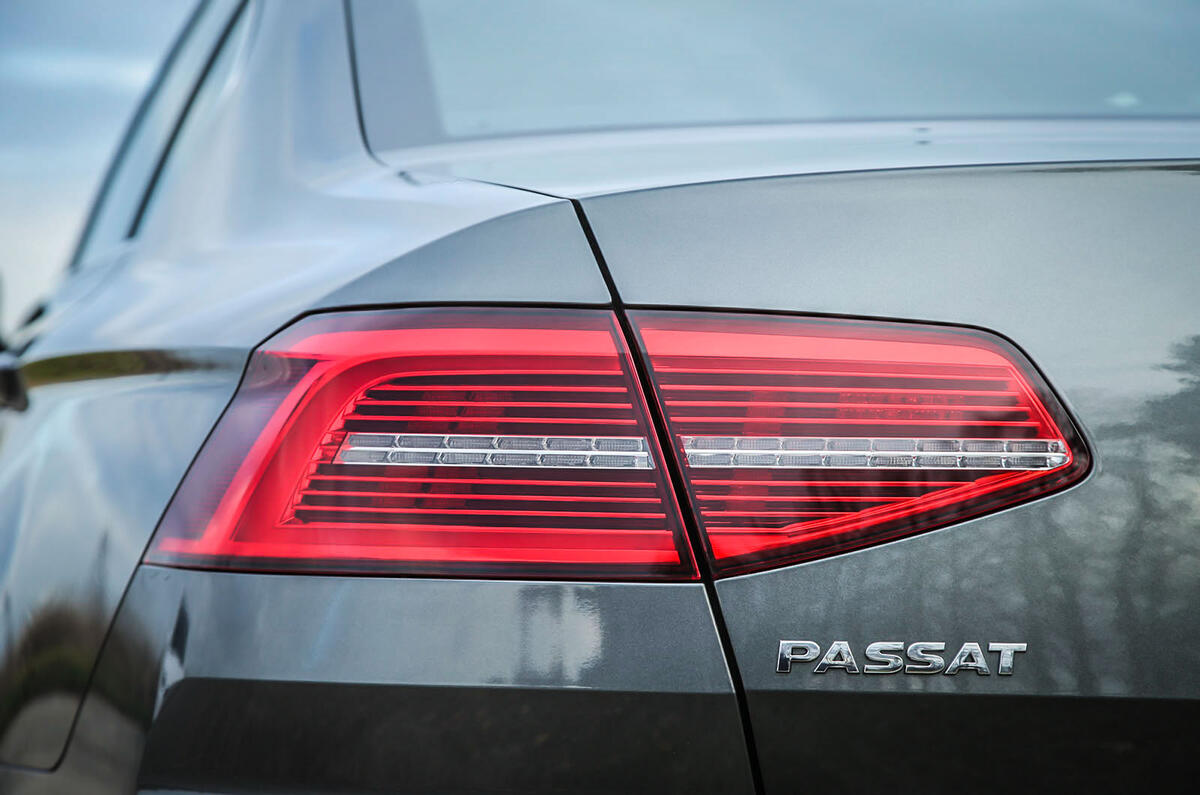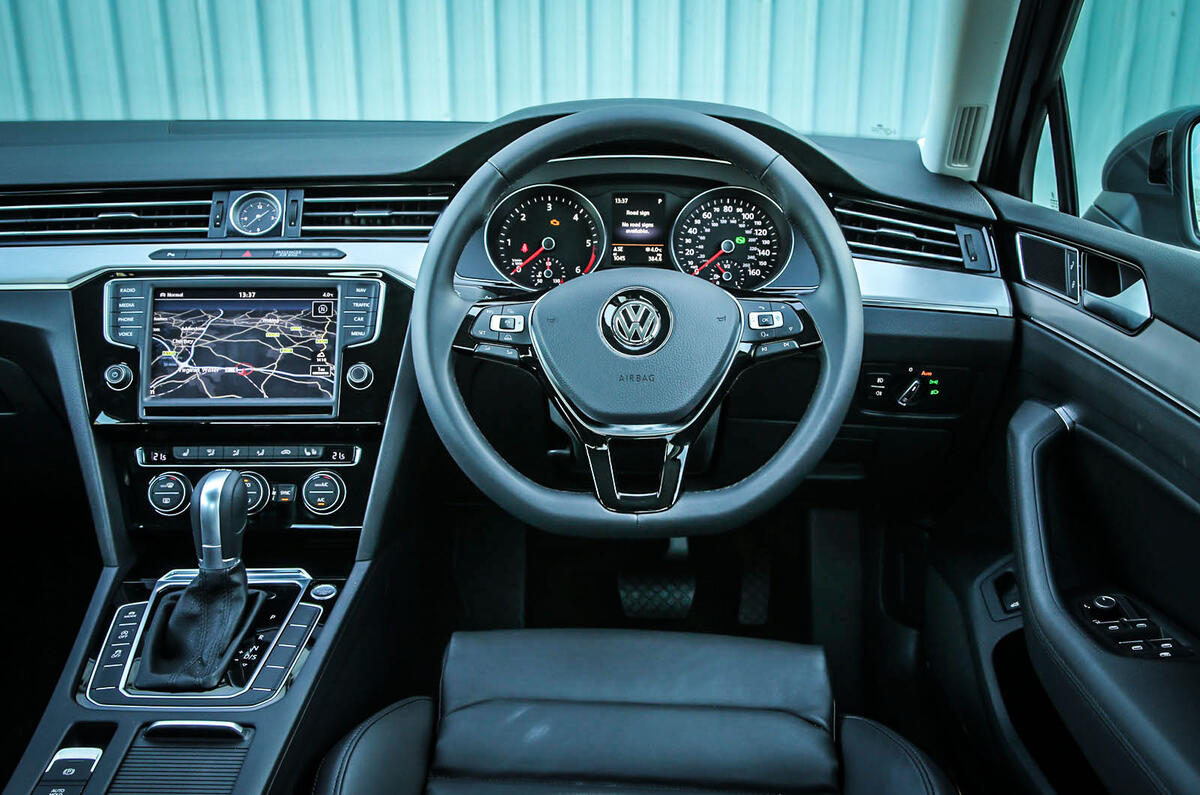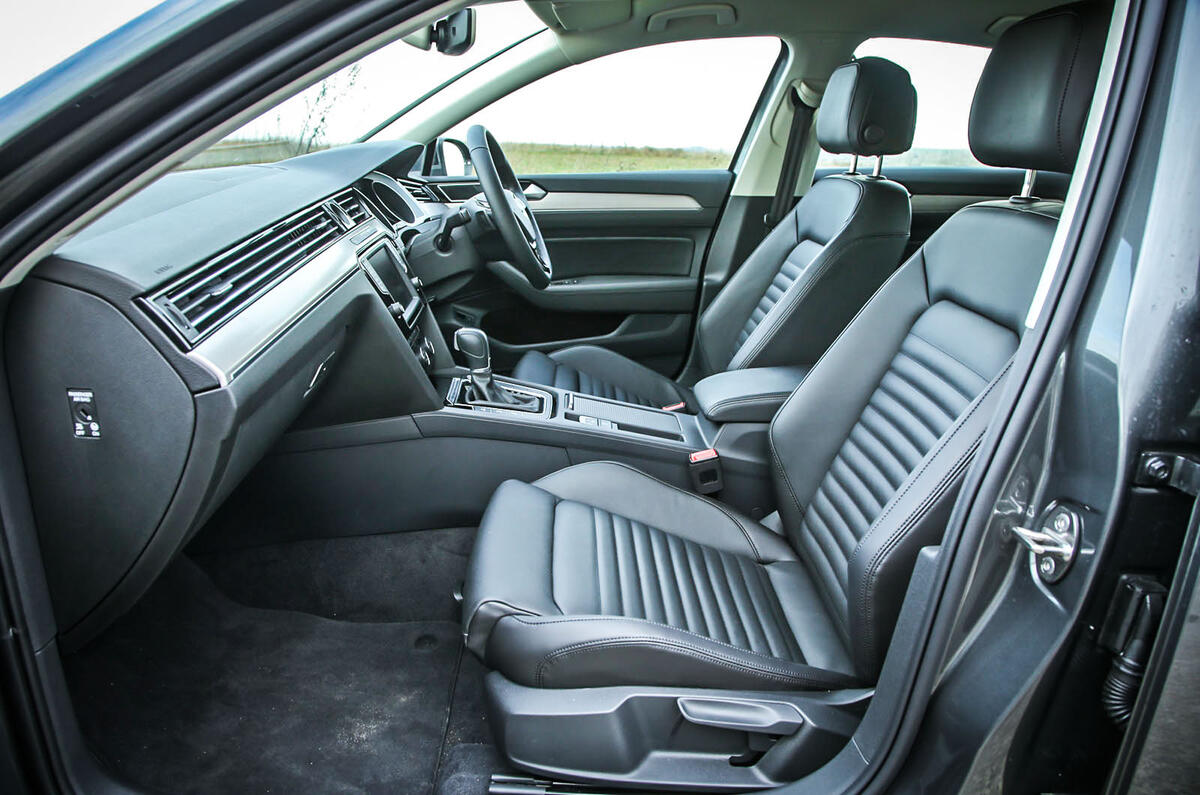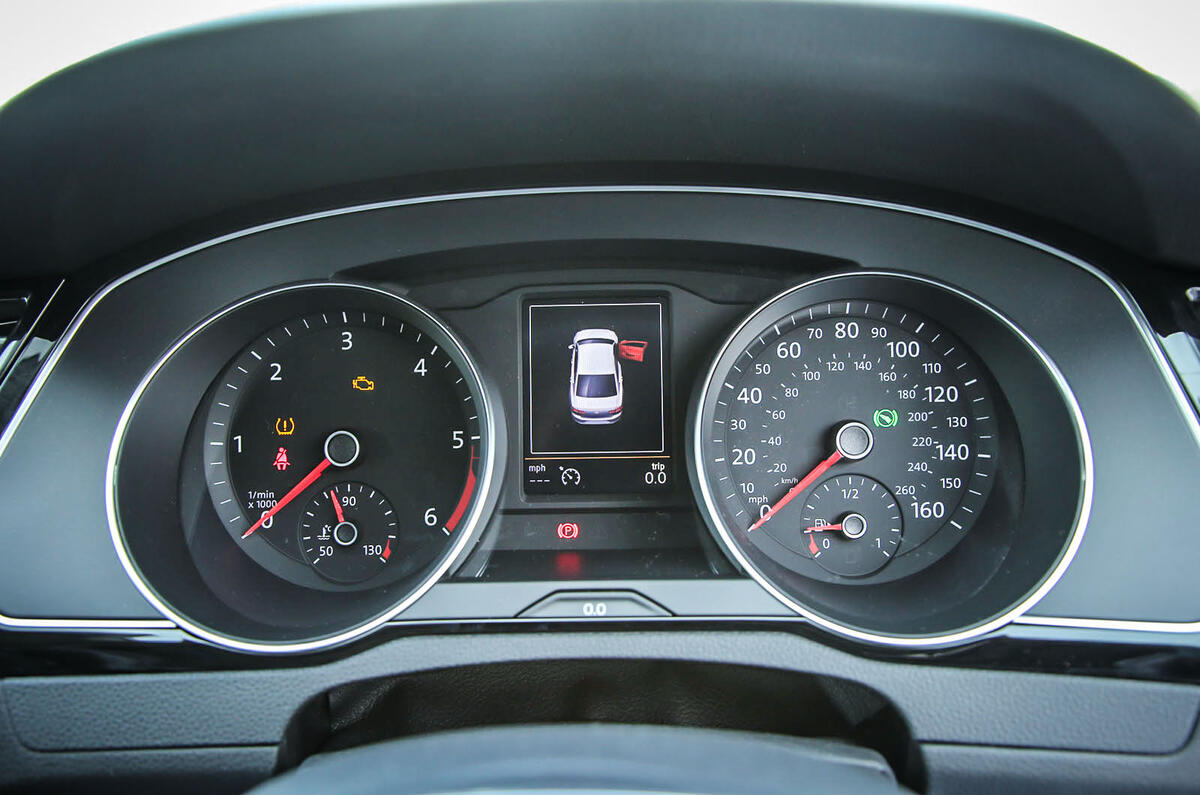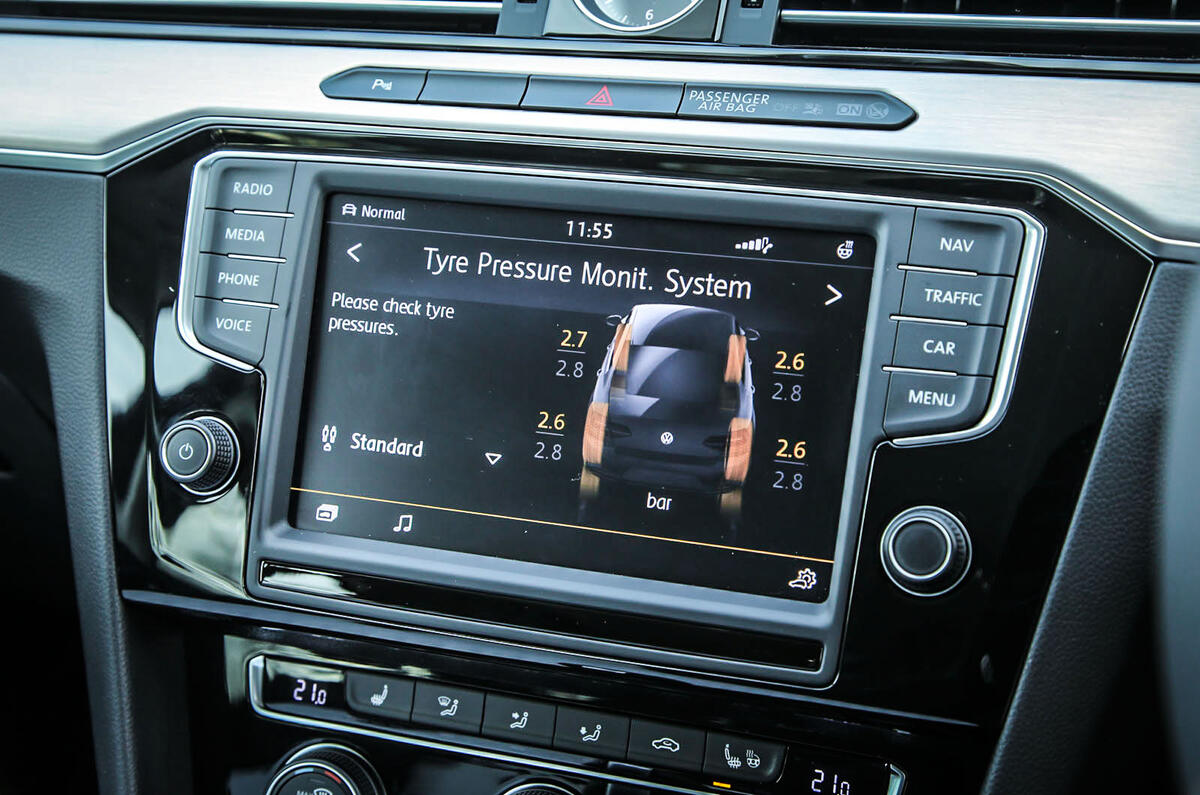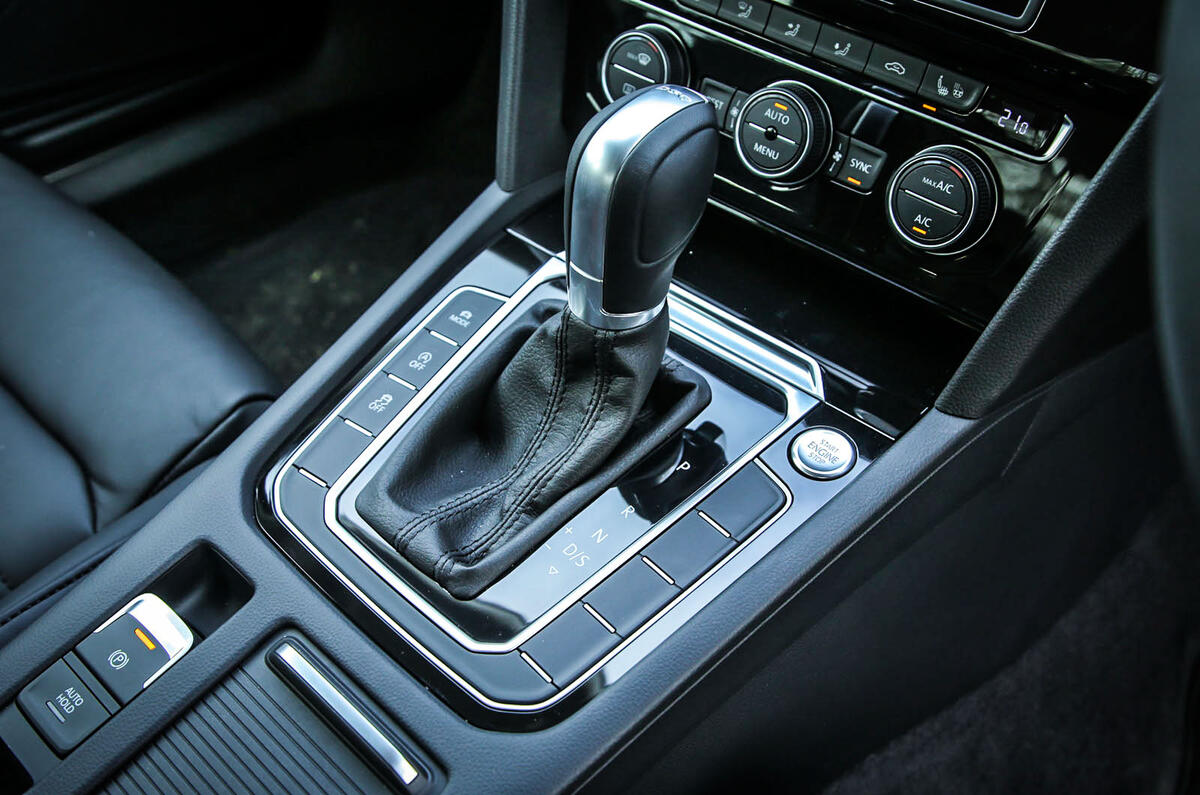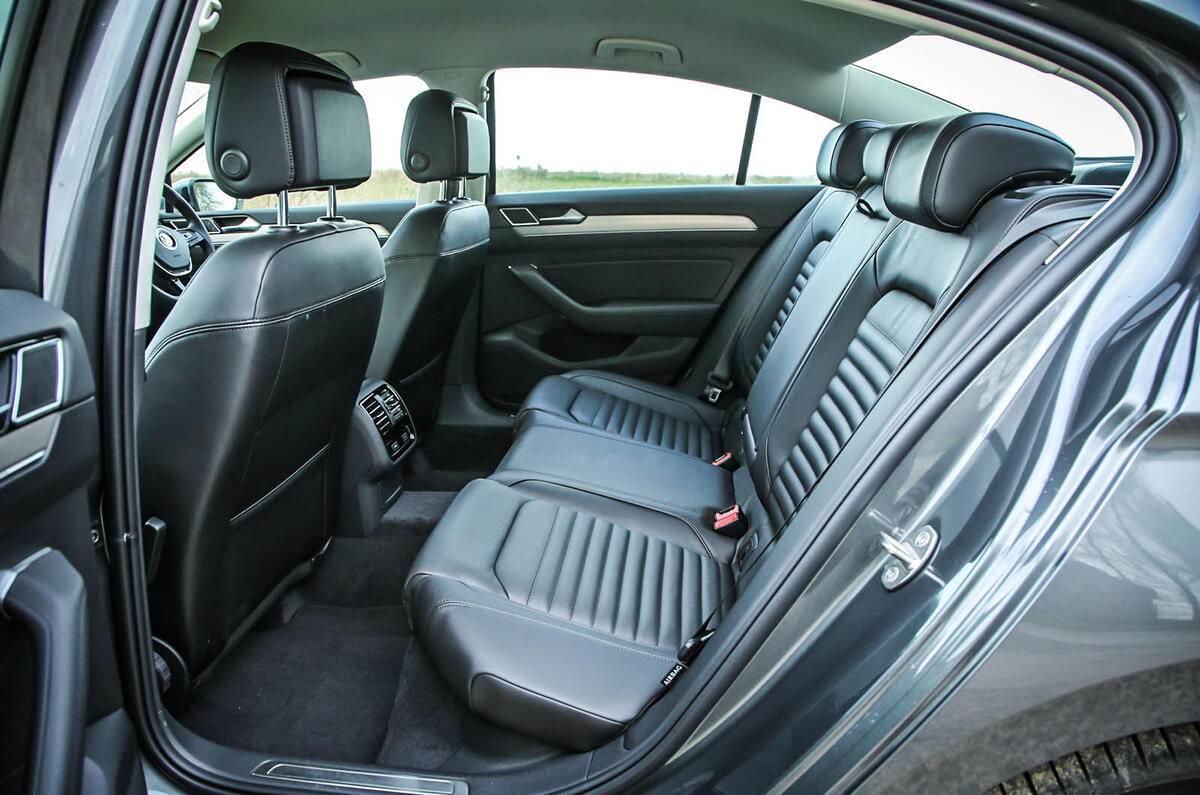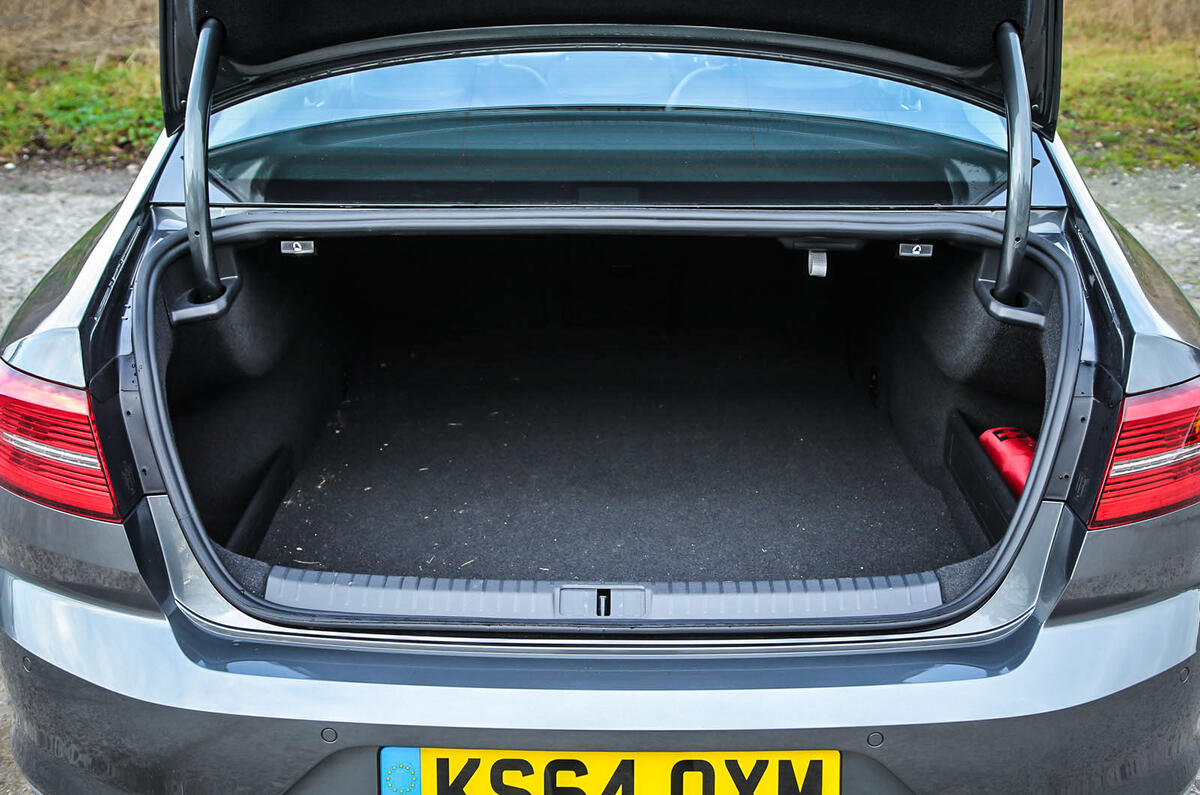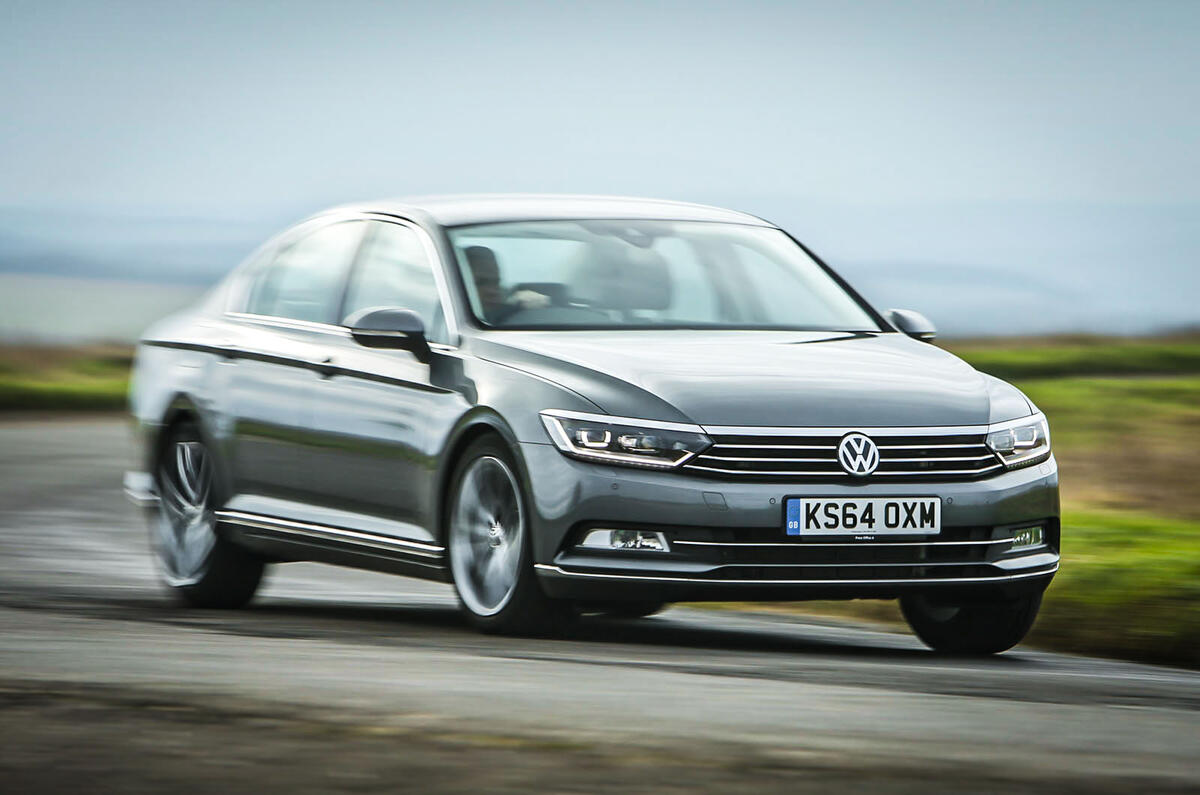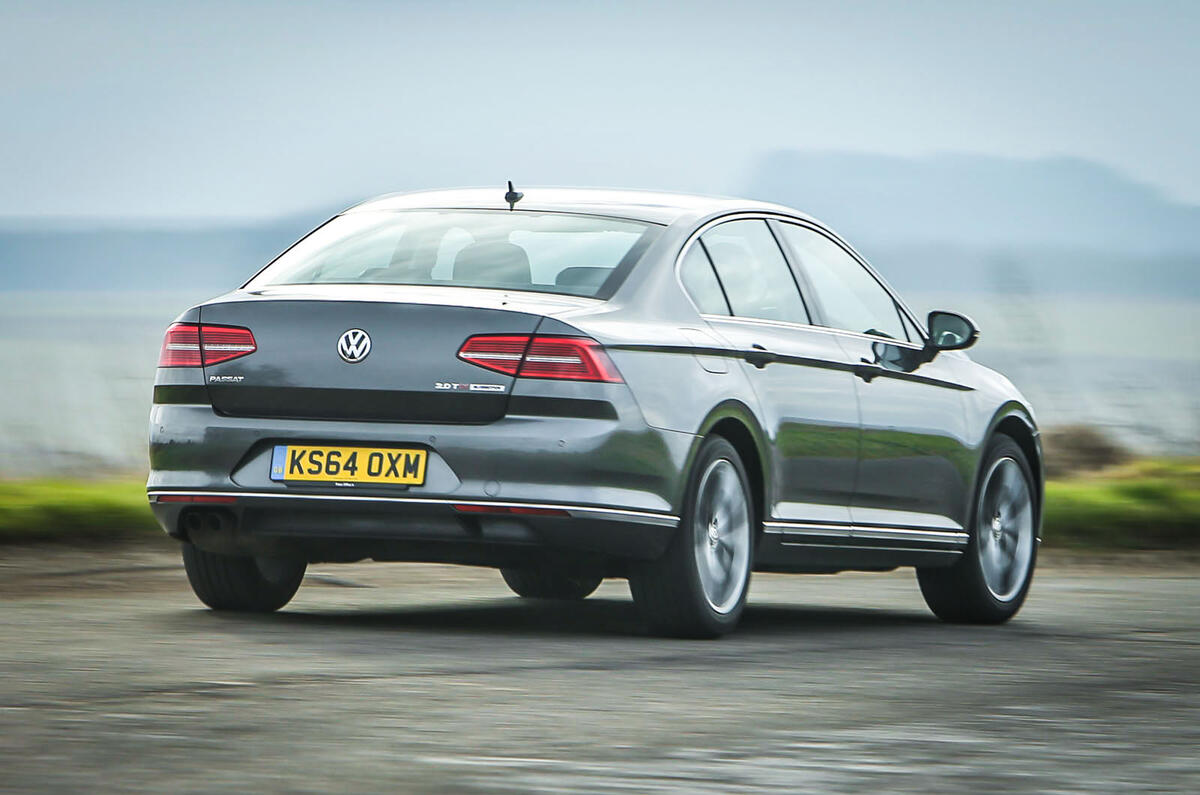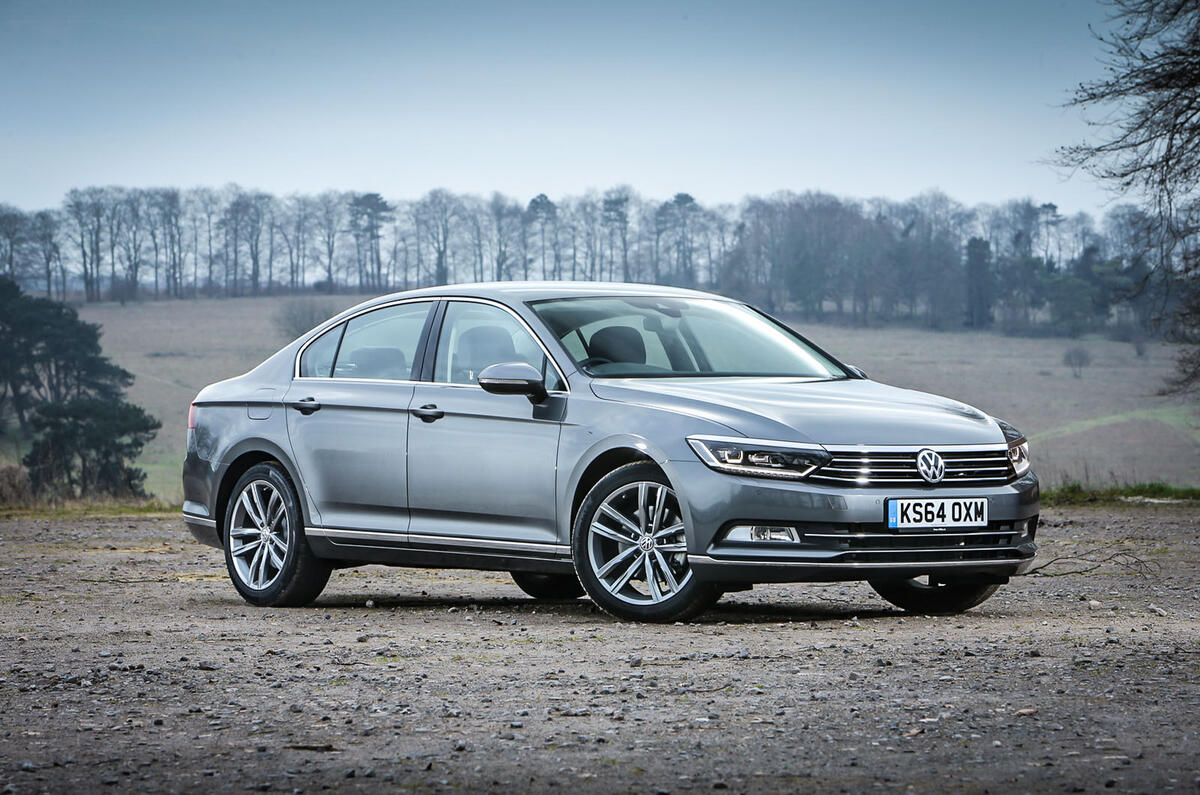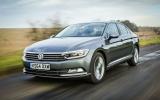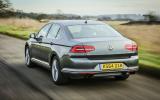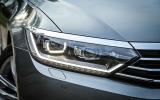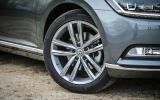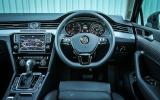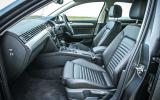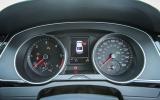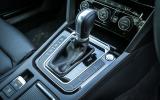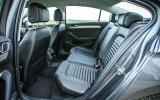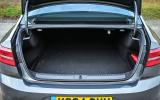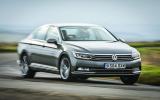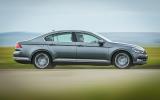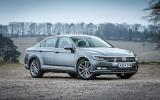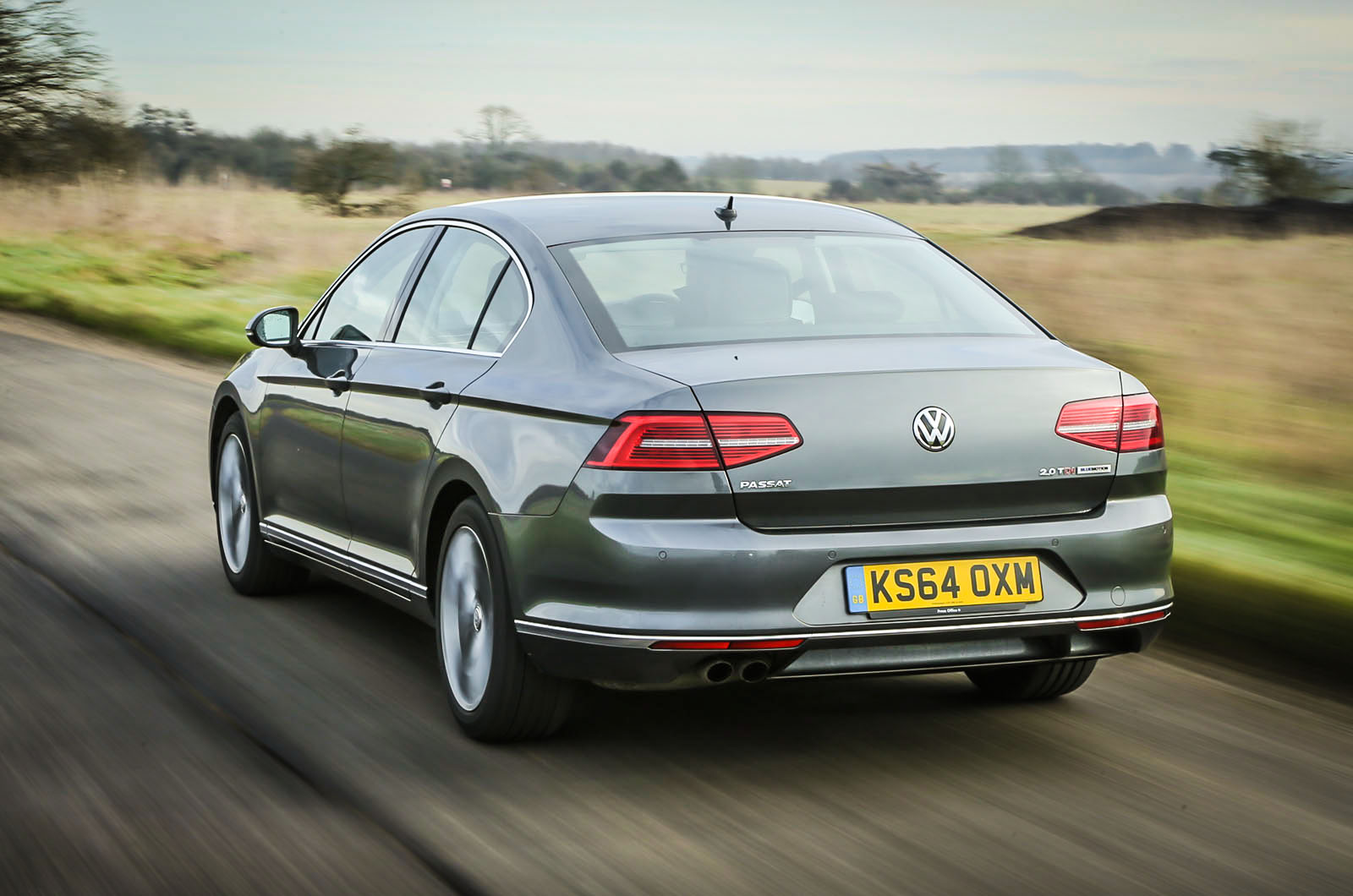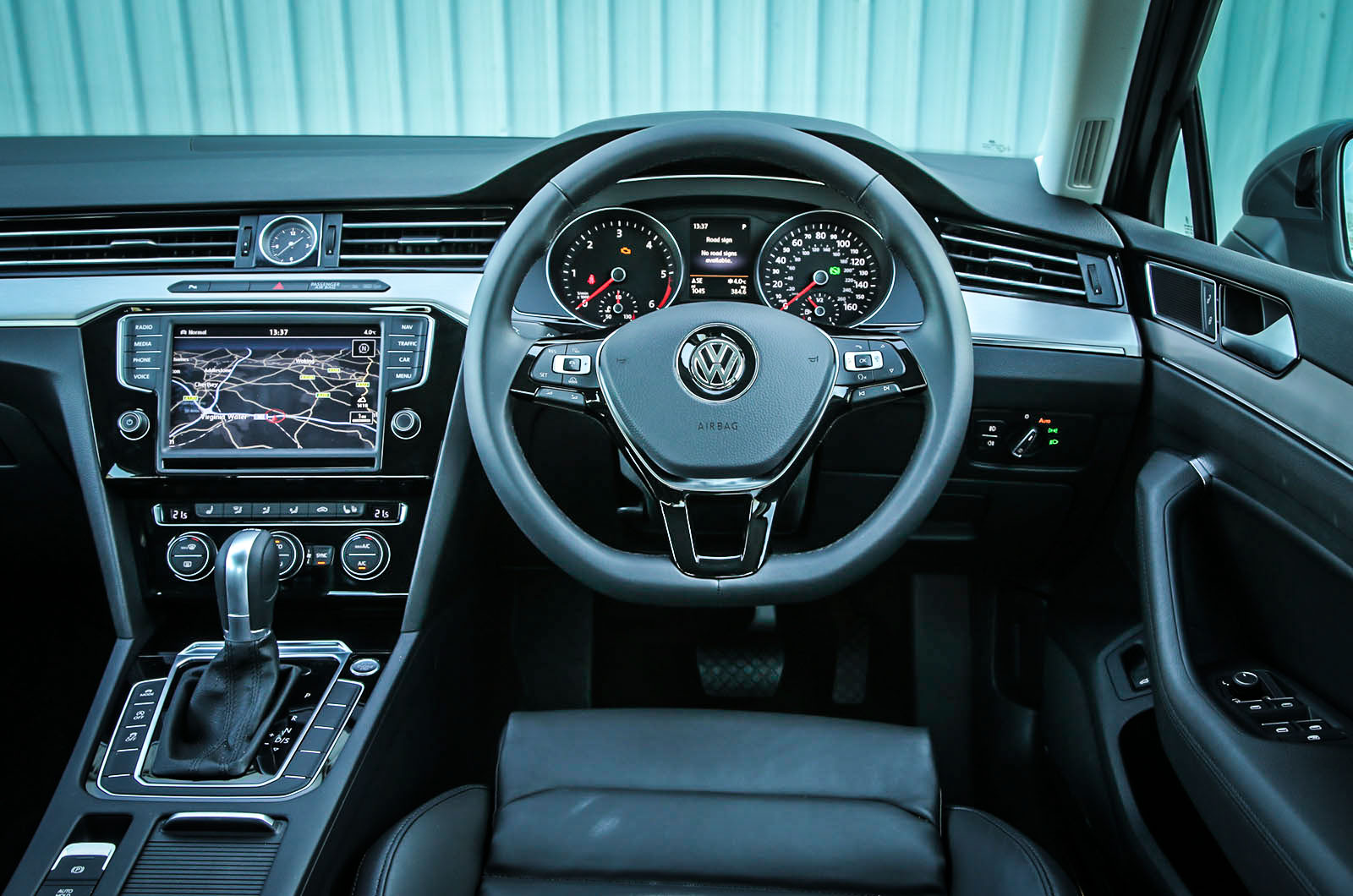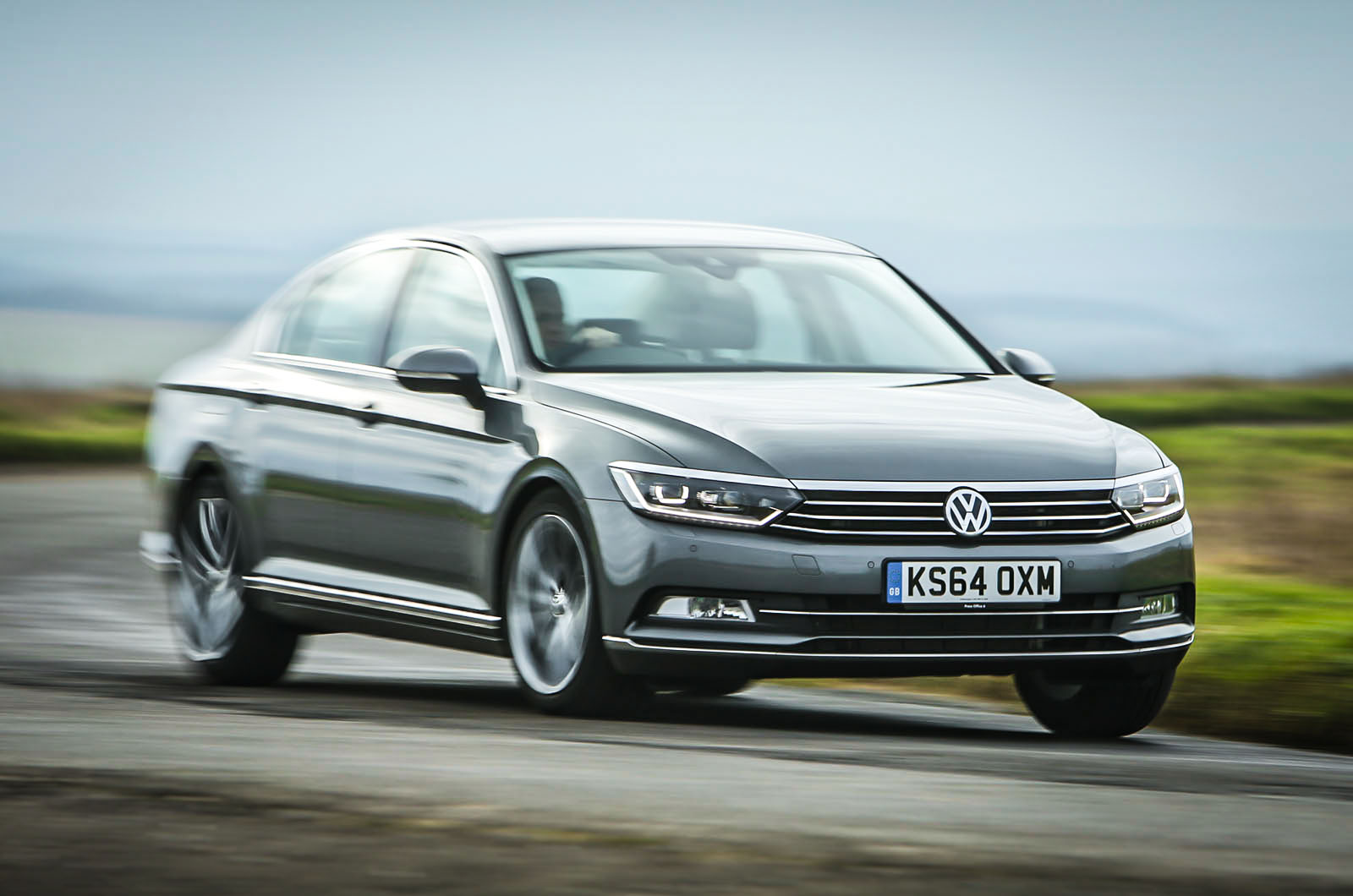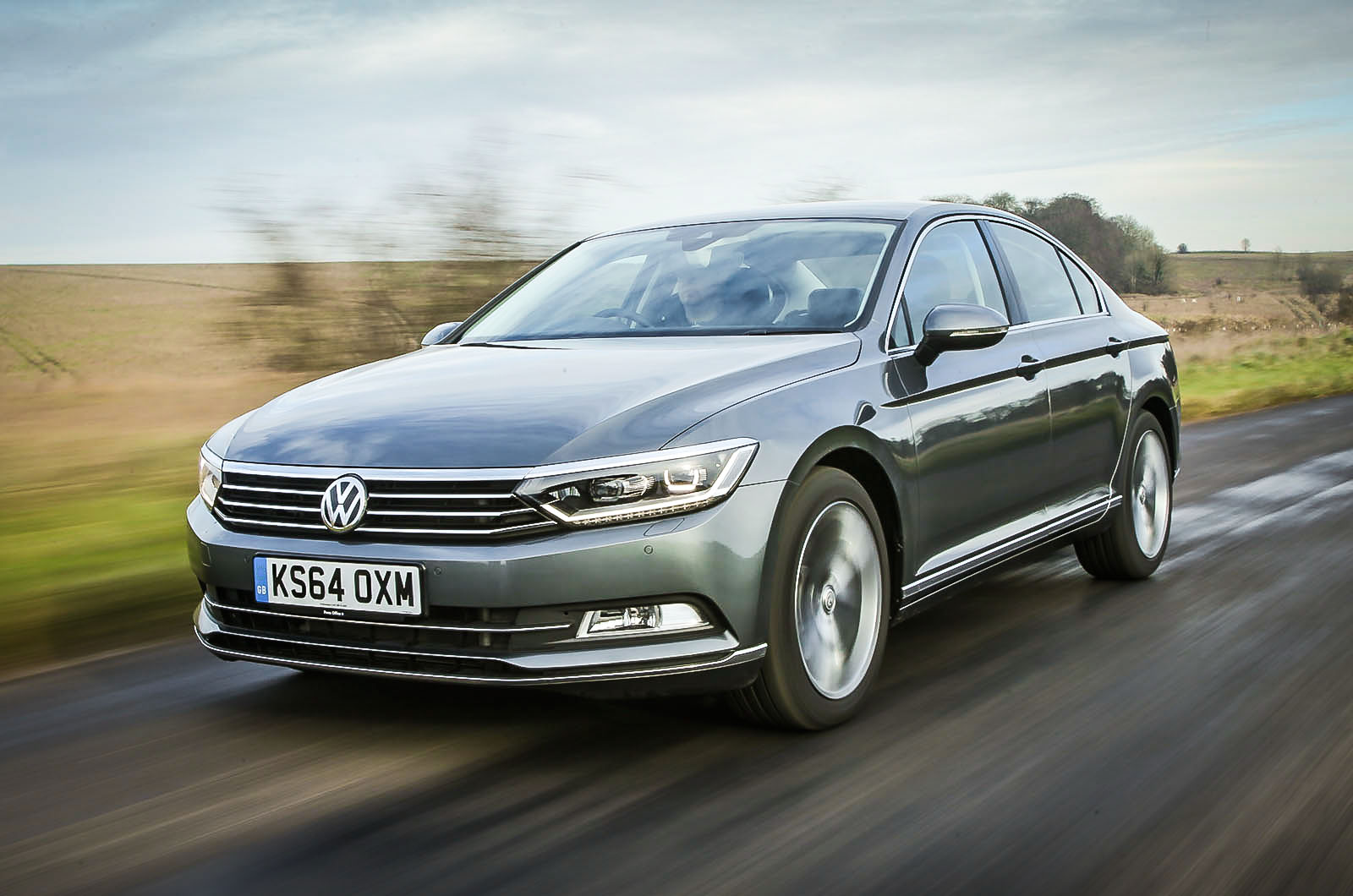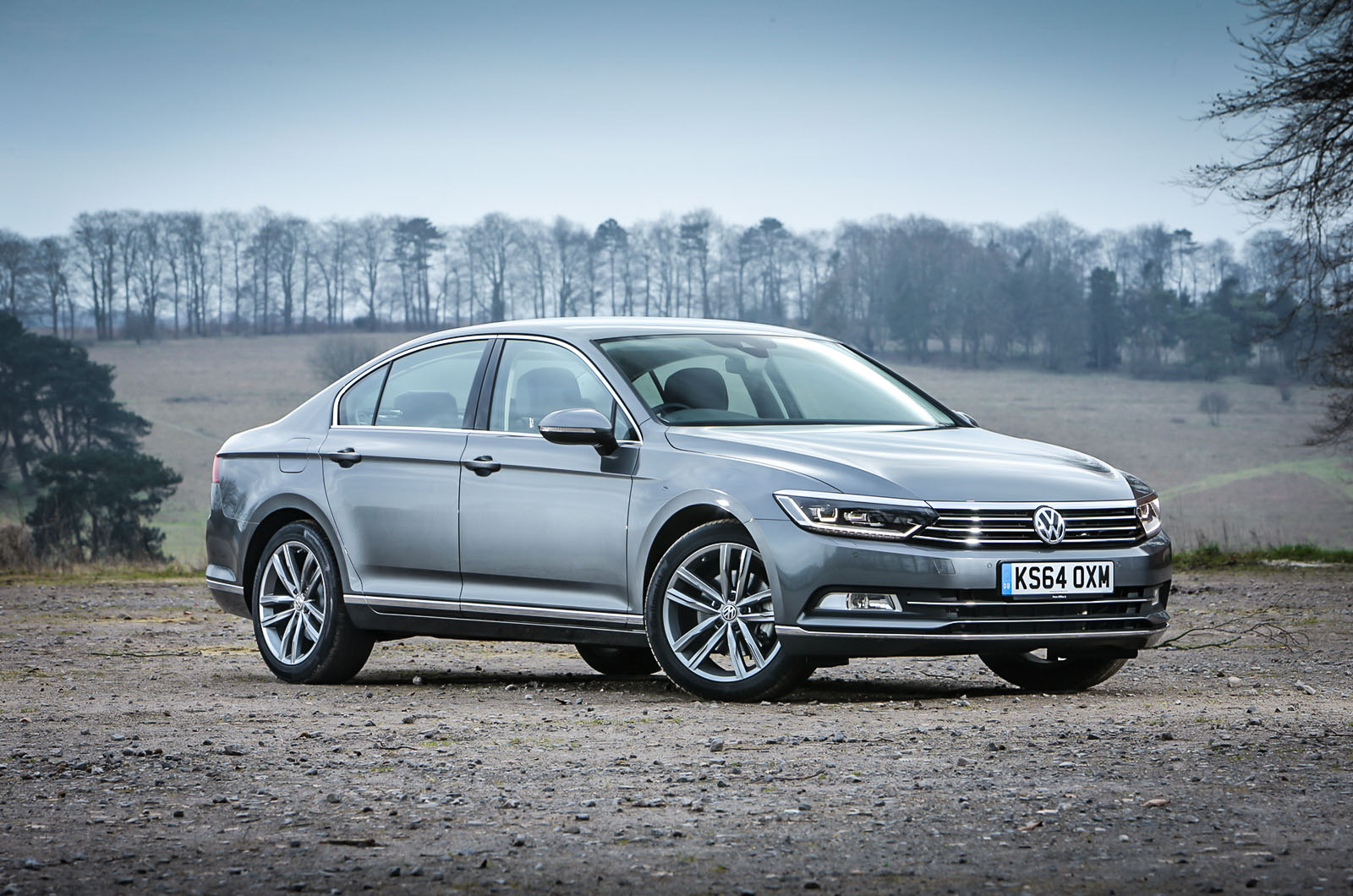The highly profitable niche that VW has carved for itself between the mainstream and premium markets is based, in part, on a superior – but not overtly luxurious – interior design language.
Recently, that position has been threatened, not only by others moving upmarket but also by the snowballing maturity of Skoda and Seat, both of whom enjoy access to the same MQB parts bin.
But VW’s satellite brands will have to hit unprecedented form to match the Passat’s interior. Constructed, aesthetically speaking, on an incredibly confident layering of horizontal lines, the dashboard radiates an imperturbable, white-collar elegance. As an antidote to the workmanlike Ford Ford Mondeo, it is imperious and – dare we say it – studiously European.
Into the new design, VW has slotted its usual ergonomic proficiency. The dials, switchgear and infotainment are all recognisable, both in appearance and positioning. The driving position is elevated, but not upsettingly so, and instrumentation is superbly clear.
As we mentioned before there are five main trims to choose from, while those opting for the hybrid Passat GTE get two trim levels to choose from. The entry-level S comes with 16in alloy wheels, hill hold function, electrically adjustable and heated door mirrors, electric windows and a post-collision braking system. Inside occupants get air conditioning, cupholders, a cooled glovebox, lumbar support and a 6.5in touchscreen infotainment system complete with DAB, Bluetooth and USB connectivity.
Upgrade to the more eco-friendly Bluemotion version and you get bigger alloys, a lowered sports suspension and an aerodynamically efficient bodtkit, while the SE Business models get the addition of chrome trim, sat nav with a three-year subscription to VW's connected services, adaptive cruise control and all round parking sensors.
The GT trim adds 18in alloy wheels and a full size spare, Alcantara and leather seat upholstery, three-zone climate control and a panoramic sunroof, while the range-topping R-Line models come with R-Line bodykit, interior trim and decals. The bi-turbo four-wheel drive Passats, only available with the GT or R-Line trims, include dynamic chassis control, a locking electronic differential and LED headlights.
Fancy the petrol-electric hybrid GTE, well, you will be pleased to know it doesn't lack on the equipment front with the standard GT-trimmed car with a unique styling kit, infotainment tweaks and charging equipment, while the GTE Advance models add LED headlights, smartphone integration, a Nappa leather upholstery and an 8.0in touchscreen infotainment system with sat nav and a 64GB hard drive.
We’d opt for fewer buttons on the steering wheel and bigger pockets in the door, but the Passat leaves few avenues open for sustained criticism of an immaculate, well-conceived cabin.
It’s a similar story aft of the driver’s seat. The interior’s 33mm of extra length doesn’t sound significant, but adult-sized knees and heads were already well catered for, and the additional space certainly doesn’t hurt.
Any occupant of the middle perch will have their feet astride a sizable transmission tunnel and not be in a proper seat, but there’s shoulder room enough for it to be bearable.
The boot, which is accessed via an enthusiastically sprung lid, is still decently proportioned, and its capacity also swells by 21 litres to 586 litres.
It lacks a hatchback-sized aperture, which would make the loading of particularly bulky items easier and accessing of stuff buried deep likewise, but the rear seats are conveniently folded forward via manual levers mounted in the boot, and there’s a full 1900mm of load length, as long as your item doesn’t exceed 470mm in height.


